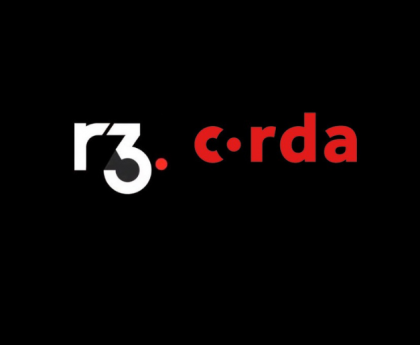Upgrading and maintaining an Ethereum node is an essential part of participating in the Ethereum network. The Ethereum network is a decentralized platform that enables developers to build decentralized applications, and running a node is crucial for ensuring the network’s security and reliability. In this article, we will discuss the process of upgrading and maintaining an Ethereum node and why it is important.
The first step in upgrading an Ethereum node is to make sure you have the latest version of the Ethereum client software. The Ethereum client software is responsible for connecting to the Ethereum network, downloading and verifying the blockchain, and executing smart contracts. The Ethereum client software is constantly being updated to fix bugs, add new features, and improve performance, so it is important to keep it up to date. The most common Ethereum clients are Geth and Parity, and both can be easily updated by downloading the latest version from the Ethereum website.
Once you have the latest version of the Ethereum client software installed, you can start the upgrade process. The upgrade process usually involves downloading a new version of the blockchain, which can take several hours, depending on the speed of your connection and the size of the blockchain. During this time, you will not be able to use your node to process transactions, but you can still use it to access information about the Ethereum network.
In addition to upgrading the Ethereum client software, it is also important to maintain your node by regularly checking its performance and fixing any issues that may arise. For example, you may need to increase the amount of memory or disk space allocated to your node, or you may need to adjust the settings to improve its performance. If you are running a node in a cloud environment, you may also need to monitor the network usage and adjust the resources allocated to your node accordingly.
One of the biggest advantages of running an Ethereum node is that you have full control over your private keys, which means that you have complete control over your Ethereum assets. This makes it important to regularly backup your node’s data, including your private keys, to ensure that you do not lose access to your assets in the event of a hardware failure or other issue. You can backup your node data by creating a backup of the Ethereum blockchain and storing it in a secure location, such as a separate hard drive or a cloud storage service.
Another important aspect of maintaining an Ethereum node is monitoring its security. Running a node on a public network, such as the internet, makes it vulnerable to attacks from malicious actors, so it is important to secure your node by using a firewall, setting strong passwords, and regularly updating your security software. Additionally, you may want to consider using a virtual private network (VPN) to encrypt your internet connection and protect your node from unauthorized access. Web3 Infrastructure provider company helping enterprises and Blockchain startups build, deploy and manage reliable web3 infrastructure.
In conclusion, upgrading and maintaining an Ethereum node is an important part of participating in the Ethereum network. Keeping your node up to date and secure ensures that you are able to participate in the network and make the most of your Ethereum assets. Whether you are a developer or an investor, running a node is an essential part of being a part of the Ethereum network, and it is worth the time and effort to make sure it is running smoothly and securely.
Also Read: What is A Credit Card And How to Use Credit Cards Wisely?





